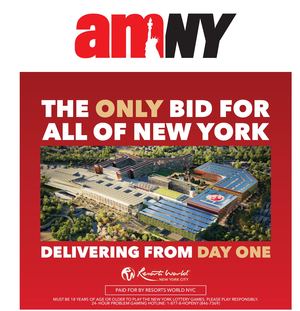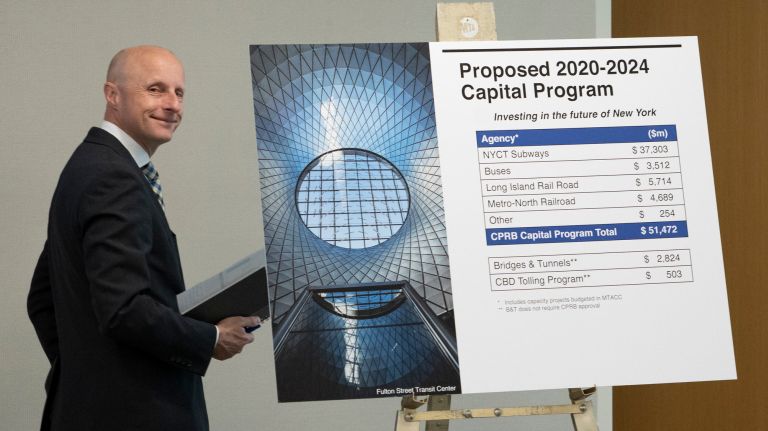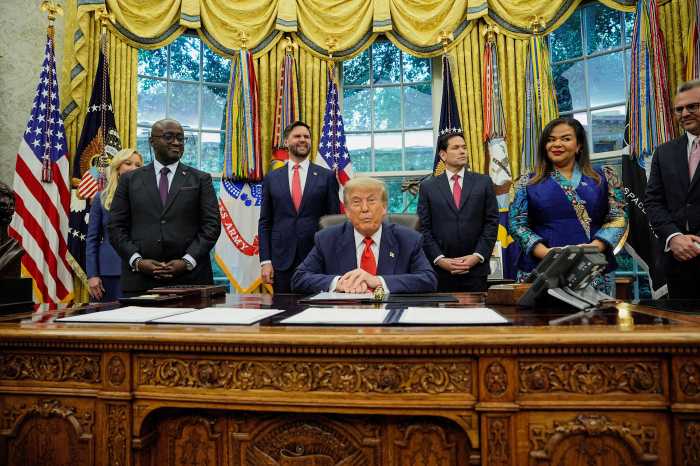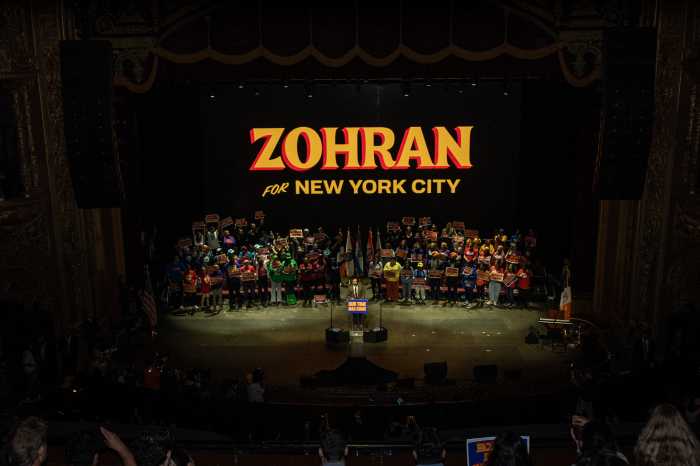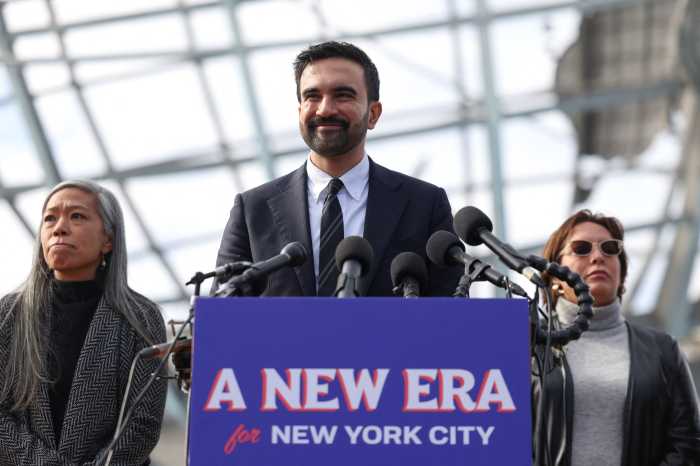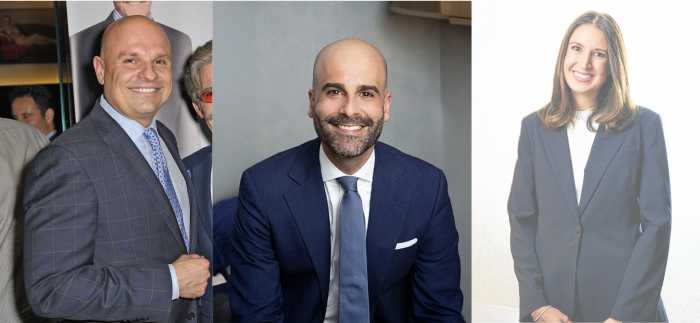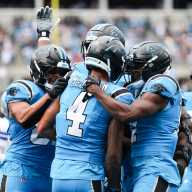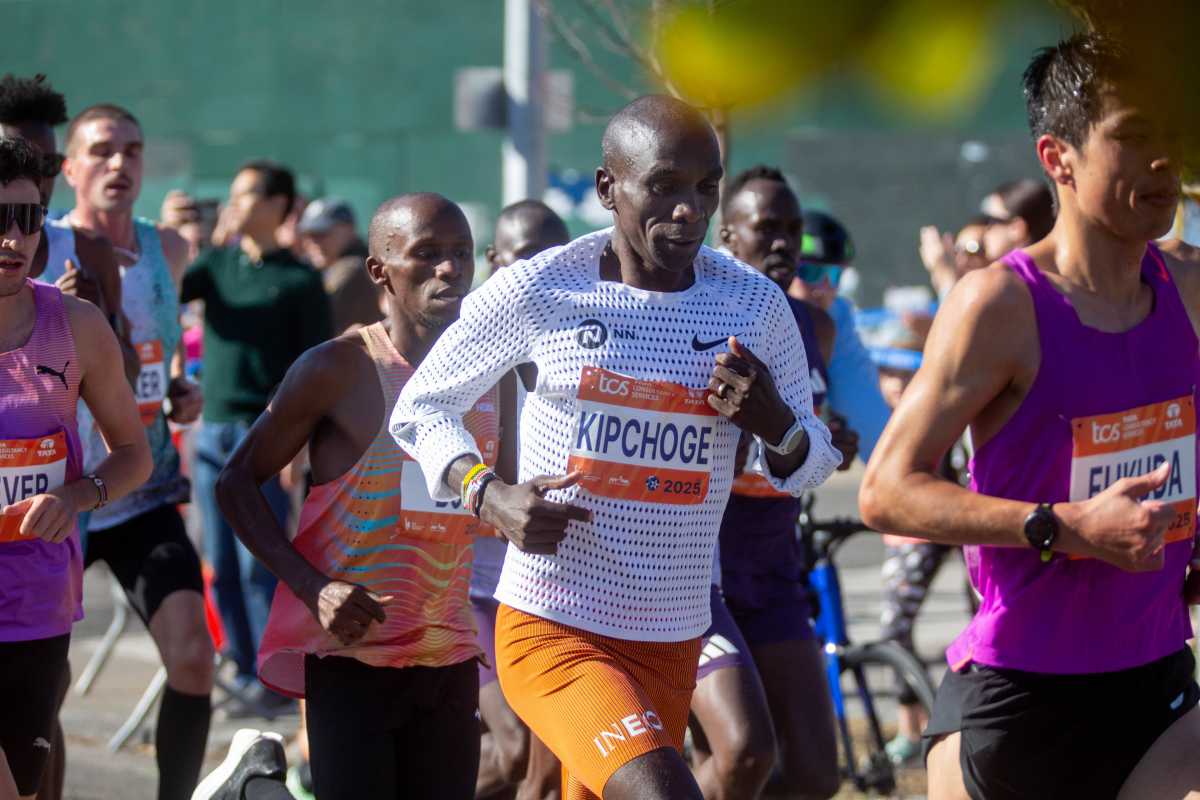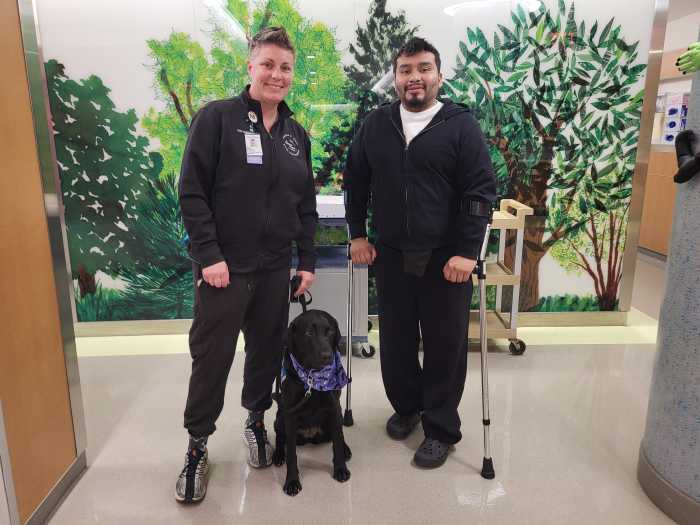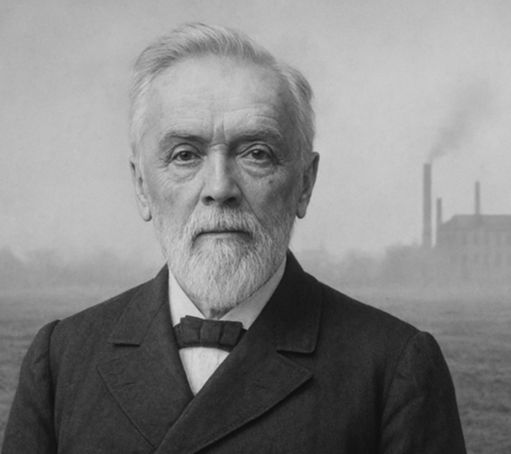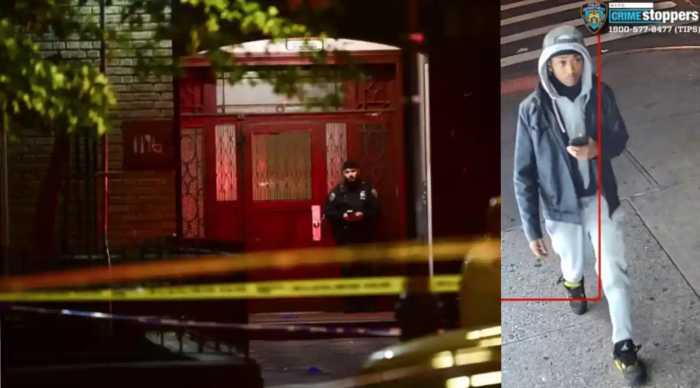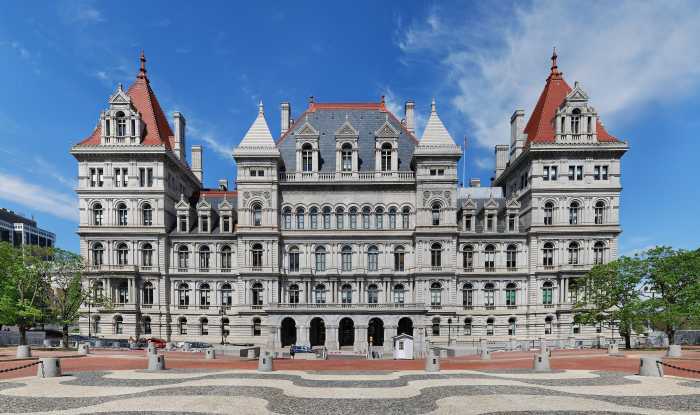
If NYC Transit chief Andy Byford had a priority list for subways and buses, the MTA’s $51.5 billion new capital plan would seem to check almost every box.
The plan, which includes $37.3 billion for subways and $3.5 billion for buses, is a welcome, ambitious effort that could significantly improve riders’ experiences.
Now, it’s just a matter of learning the details and getting improvements done in a timely, cost-effective manner.
If only it were that easy. The MTA, after all, isn’t known for being timely or cost-effective.
It will take strong leadership, oversight and accountability, money from all levels of government, toll revenue from Manhattan’s central business district and an enormous MTA culture change to execute the 2020-24 plan.
Questions abound. Will the MTA get the funding it needs from the federal government, along with money from state and city? Will it be able to bond billions more?
Then there’s the question of whether the MTA can deliver in faster and less expensive ways, skills that have eluded the agency. Holding down costs is key. Extending the Second Avenue subway to 125th Street comes with an awfully high $6.9 billion pricetag, split between the MTA and federal dollars. Find ways to bring that down.
There’s a lot we don’t know. It would be best if the MTA would release details before board members vote on the capital plan next week.
What we do know seems to hit the right notes. Most important, the plan echoes Byford’s Fast Forward blueprint, with $7.1 billion allocated for signal modernization on six subway lines. That would double the number of miles of tracks with modern signals. The plan also would add:
- New elevators and ramps at 66 subway stations.
- More than 1,900 new subway cars and 2,400 new buses.
- Necessary repairs at 175 stations.
- 60 miles of replaced track.
Plus, there’s East Side Access, which will connect the Long Island Rail Road to Grand Central Terminal, giving city residents the chance for a reverse commute.
There’s a lot to do. It will take a lot to get the work right. But the upgrades could put the MTA on the right track.
